Spring 2023 Courses
100 Level Courses
AM 101W 001 Growing Up in America
Tammy Owens | 4 credits
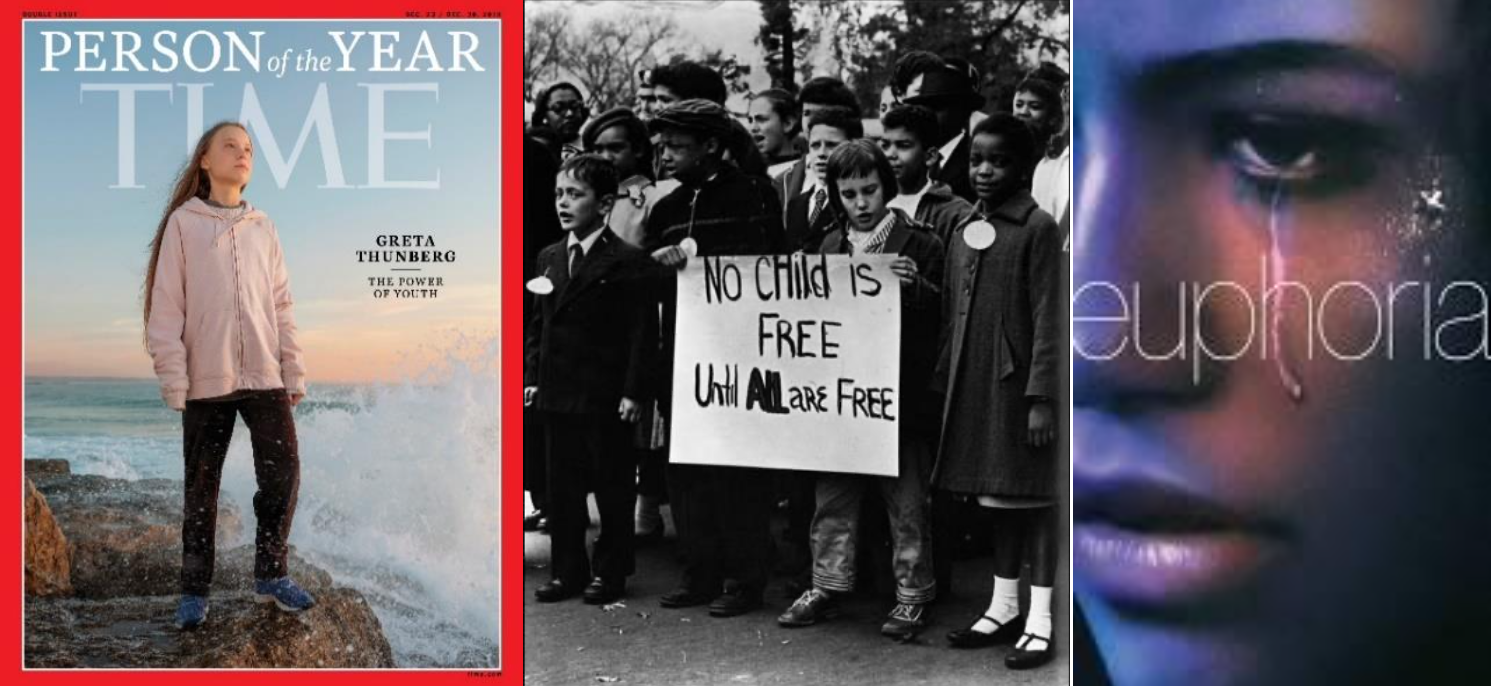
Students will study the history of American childhood to learn how major social, cultural, political, and economic changes in the U.S. have defined the nation's culture. Students will gain a better understanding how our ideas and beliefs about what it means to be an American have influenced our ideas about childhood as well as the role of children and young adults in shaping our world. Students will examine a diverse mix of sources including literature, archival documents, films, music, and social media.
Note(s): Fulfills Humanistic Inquiry and Expository Writing requirements.
AM 101W 002 Basketball
Daniel Nathan | 3 credits

This course introduces students to different forms of cultural criticism and examines some recurrent American cultural values and themes, such as the tension between community and individualism, and the disparity between American ideas and social realities. It also emphasizes reading critically, thinking historically, practicing interdisciplinarity, acknowledging diversity, and making connections. Students will analyze and synthesize many kinds of texts in order to better appreciate the complexiity of American life and culture. The course employs an interdisciplinary approach that melds history, sociology, journalism, autobiography, fiction, poetry, art, film (feature and documentary), and other forms of knowledge and expression.
200 Level Courses
AM 221 Methods and Approaches
Tammy Owens | 4 credits
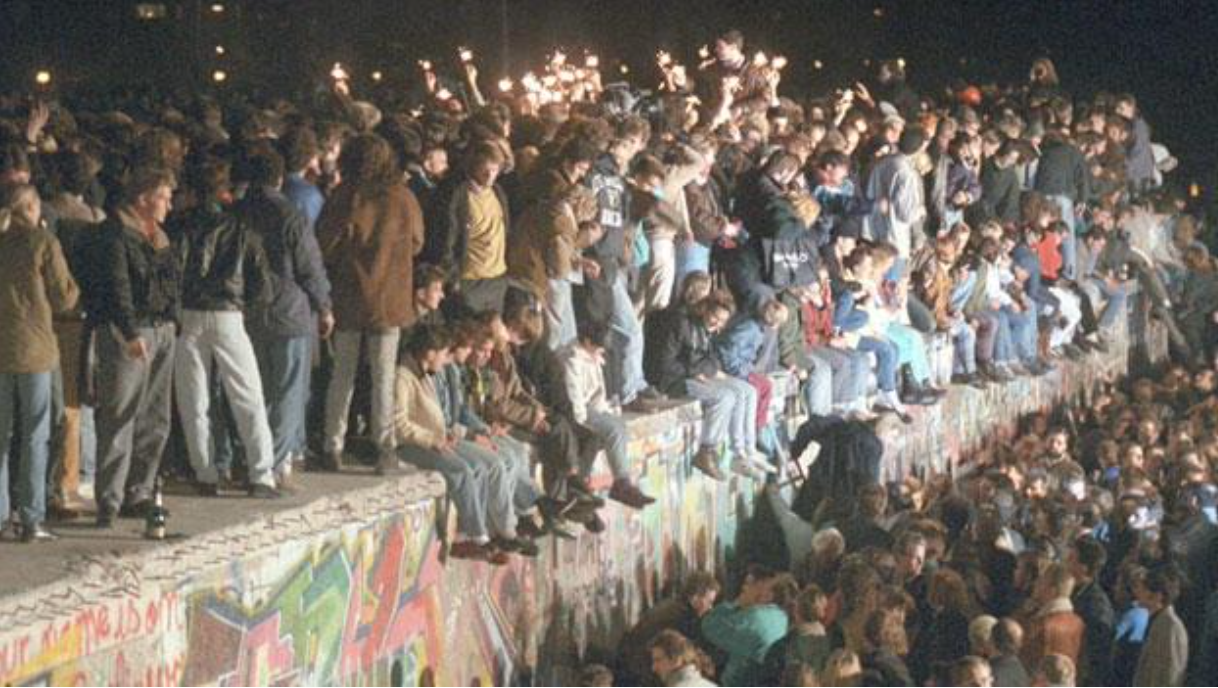
This course is an introduction for AM majors and minors to American Studies the discipline, its scholarship, methodologies, and approaches to the study of society and culture in the United States. Students will read and analyze works that reflect the wide variety of methodologies and approaches used by American Studies practitioners from the inceptio of the discipline in the 1930s to the present. Our course materials include American Studies "classics" as well as recent scholarship: the "myth and symbol" school, the culture concept, feminist critiques, material culture, oral history and ethnography, popular and material culture – with attention to issues of race, ethnicity, gender, class, age, and sexuality. Students will have many opportunities to sharpen their analytical, research, writing, and oral presentation skills. In addition, two primary goals of the course will be to define and critique what American Studies practitioners do and to acquaint students with the rich (and sometimes contentious) history of American Studies as a discipline.
AM 235 Post-Apocalyptic Film and Literature
Rebecca Krefting | 3 credits

Fear of nuclear warfare in the mid-20th century led to a surge in family home bomb shelters and elaborate underground fortresses intended for high-profile public officials and authorities. A computer glitch that threatened to bring an end to the electronic age, spurred the Y2K problem, prompting people to hoard water and provisions on the milllenium's cusp. Religious groups continue to forecast an apocalypse and the Mayan calendar predicted December 21, 2012 as that "end date." The DIY and self-subsistence movements reflect a desire to broaden our skill sets as much as they reflect a desire for readiness in the face of imminent disaster. Threats of an apocalypse shape human behavior, practices and identity. How these are imagined and what happens in the aftermath can tell us about who we are, how we will behave in a crisis, what we are afraid of, and who matters.
AM 261C Holocaust and American Culture
Daniel Nathan | 4 credits
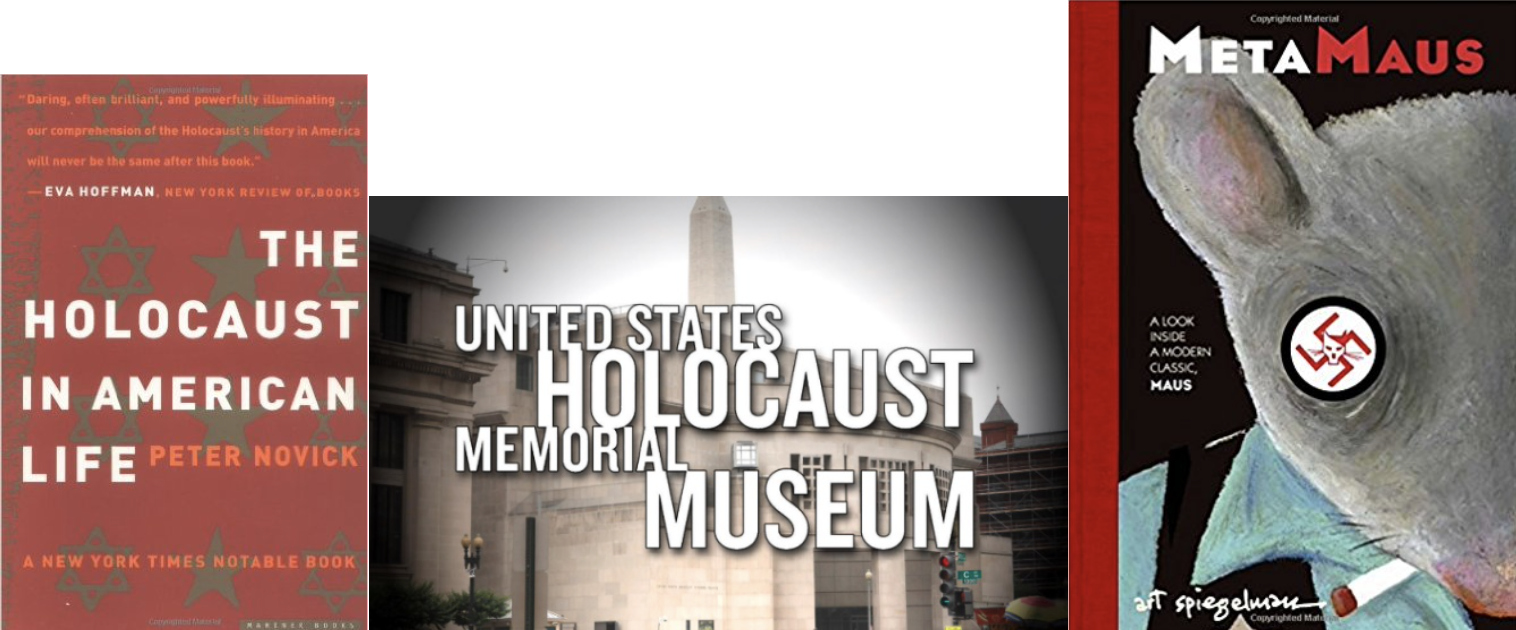
This course has two emphases. The first third will focus on what Americans knew about the Nazi's genocidal policies in the 1930s and 1940s, how and when they knew it, and why the U.S. government and Jewish leaders were mostly ineffective in halting or mitigating the murder of some six million European Jews (among others). It will also consider the initial American reaction to learning about the Nazi death camps in 1945. The remaining two-thirds of the course will employ an interdisciplinary methodology to critique and put in context a variety of texts – films (documentary aand feature), a TV series, graphic non-fiction, museums – created by and for Americans that have represented the Shoah ("the catastrophe"). The course will engage issues related to power and justice. It will probe the ways in which those in power in the United States did less than they could or might have done to save thousands of European Jews. it will also consider to the power of popular culture to teach people lessons about the past and social justice. Ultimately, the class is about the power of remembering and representing the past, and the perils and possibilities that are part of those processes.
Am 261D Gaming in American Society and Culture
Aaron Pedinotti | 4 credits

This course explores the multivalent significance of video gaming to American society and examines the many ways in which the diverse forms of gaming praxis have been represented in American culture. Taking an interdisciplinary approach, it examines gaming as a set of socio-cultural practices with profound resonances and effects in American life. Culturally oriented portions of the course focus on representations of gaming in films, television shows, genre fiction, and in games themselves. Other portions focus on the intertwinement of gaming with broader social, political, and economic issues. These include questions of ethnic, racial, and gender representation and diversity in games; the relationship of game industries and online worlds to America's place in the global economy; the historical roles of gamic practices in US military planning and technological development; the increasing influence of online game communities and fan cultures in mainstream society; debates and moral panics over violence in games; and the potential role of games as educational, journalistic and persuasive technologies. Game genres studied in the course include console and pc-based videogames, war and strategy games, tabletop and massive multiplayer online RPGS, and virtual reality games. Readings include theoretical texts, game studies literature, historical accounts of video gaming's emergence and development, and cultural and ethnographic studies of American gaming. Evaluation is based on reading responses, participation, and papers. Some experiential engagement with gaming is also part of the curriculum.
300 level courses
AM 351C American Horror Fiction in Multiple Media
Aaron Pedinotti | 3 credits

This course explores the subgenres and modalities of American horror fiction in multiple media, including print, film, television, videogames, graphic novels, and virtual reality. Its goals are four in number: 1) to introducing students to the formal characteristics of various horror subgenres, including American Gothic, ghost stories, pulp culture, weird fiction, sci-fi horror, body horror, post-apocalyptic horror, slasher films, splatterpunk, and the horror of the anthropocene; 2) to investigate the ways in which the texts of horror are refracted and inflected by the specific mediums in which they are presented; 3) to explore theoretical takes on how the classic aesthetic motifs of horror fiction – including the terror/horror schism, Gothic sublimity, and cosmic pessimism – are refracted through specifically American texts and contexts; and 4) to relate the genres and texts that are studied in the course to major issues in American history and society, including racial and gendered oppression, economic exploitation, settler colonialism, genocide, imperialism, militarism and other forms of social violence. Specific authors studied in the course will include Nathaniel Hawthorne, Edgar Allen Poe, H.P. Lovecraft, Clark Ashton Smith, Shirley Jackson, Richard Matheson, Stephan King, Kathe Koje, Octavia Butler, Scott Snyder, and Jeff VanderMeer (some of the worls by latter authors will be full novels, but several will be short stories). Films and television screenings will include Rod Sterling's The Twilight Zone, Alfred Hitchcock's Psycho, Stanley Kubrick's The Shining, Dovid Cronenberg's Rabid, Matt Reeves' Let Me In, David Mitchell's It Follows, Jordan Peele's Get Out, Alex Garland's Annihilation, season 2 of SYFY's Channel Zero, and Jen and Sylvia Soska's remake of David Cronenberg's Rabid. Some experiential engagement wil horror-themed videogames and VR experiences will also be a part of the curriculum. Some accomodations will be made for anxiety responses, but students are advised that this course is not for the squeamish or faint of heart...
AM 356 Sports Cinema
Jeffrey Segrave | 4 credits
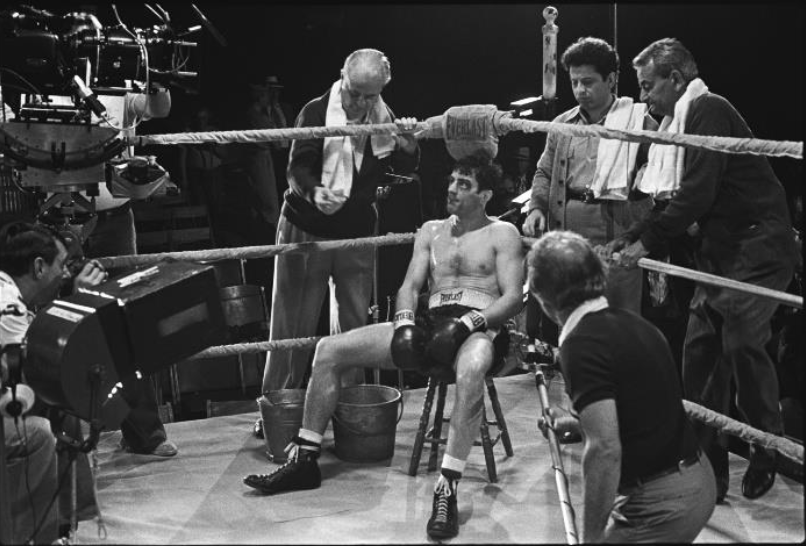
This class puts in context and critiques feature films and documentaries about sports to understand and appreciate – aesthetically, historically, culturally – a wide variety of experiences and issues. This course is also intended to enhance visual literacy, and thus students will assess the films as films, which have their own codes and conventions. As one would expect, most of the films we will study were made and set in the United States. A notable exception is Leni Riefenstahl's Olympia (1938), which chronicles and celebrates the 1936 Berlin Olympic games. We will screen several "classic" sport films – among them Knute Rockne – All American (1940), Raging Bull (1980), and Hoop Dreams (1994). After spring break, we will pair a Hollywood feature film with a related documentary: so, for example, Ken Carlson's Go Tigers! (2001), which is about high school football in Massillon, Ohio, will be paired with Peter Berg's Friday Night Lights (2004). The point is not to suggest that documentaries provide a more accurate version of sporting reality; rather, it is to consider that different kinds of visual texts, grammars, and discourses do well (and poorly) and how they interact with and enhance one another. Students are required to attend a weekly evening film screening.
AM 368 The 1960s
Gregory Pfitzer | 3 credits
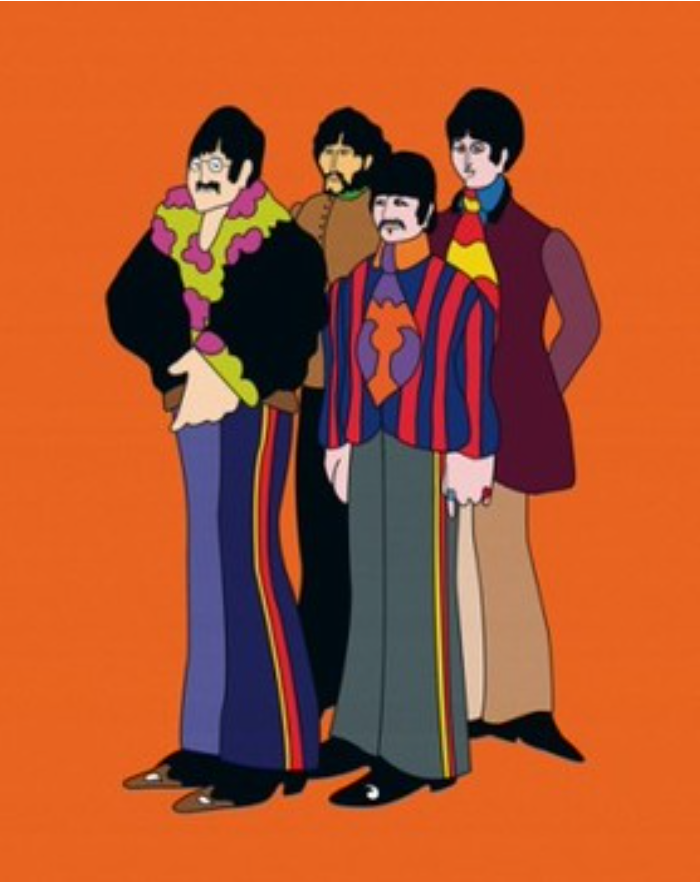
A consideraation of the major events of the 1960s, including the New Frontier, the Cuban missile crisis, the assassination of John F. Kennedy, the war in Vietnam, the civil rights movement, the sexual and gender revolutions, the rise of rock and roll, the counterculture, the moon landing and other landmarks of the decade. The course considers not only what happened during those climactic years, but why such events were so important to American development, and how perceptions about the 1960s haave changed over time.